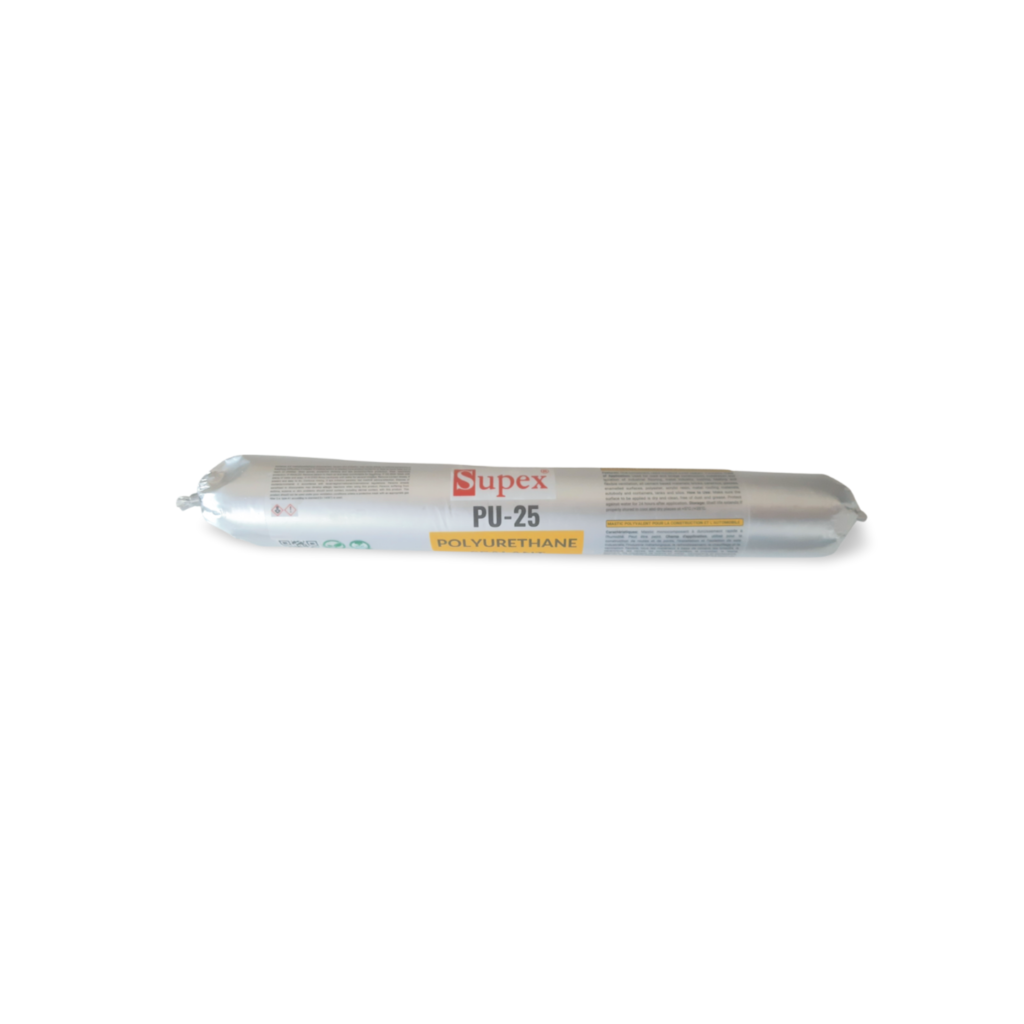How to stop water leakages, metal roof repair
Metal roof leakage repair is a yearly ritual every warehouse maintenance engineer undertakes. Warehouses are vital for businesses, providing storage and logistical support for a wide range of goods. However, one common challenge faced by warehouse owners and operators is leakage. Leaks can lead to various issues, such as damage to stored goods, compromised structural integrity, and increased energy costs. In this blog post, we will explore how to identify warehouse leakage problems, discuss the importance of using supex sealants for repairs., and introduce SUPEX technology as an effective solution for sealing joints and cracks.
Identifying Warehouse Leakage Problems
Detecting warehouse leaks in their early stages is crucial to prevent further damage and mitigate costs. Here are a few signs to look out for when identifying leakage problems:
- Water Stains: Observe for water stains or discoloration on walls, ceilings, or floors. These are telltale signs of water intrusion and leakage.
- Damp or Musty Odor: A persistent musty smell may indicate the presence of mold or mildew caused by excessive moisture infiltration.
- Increased Humidity Levels: Monitor humidity levels within the warehouse. Excessive humidity can lead to condensation and create an environment conducive to mold growth.
- Damaged Goods: Inspect stored goods for signs of water damage, such as warped packaging, mold growth, or dampness.
- Energy Consumption: Higher-than-usual energy bills may indicate that heating or cooling systems are compensating for temperature variations caused by leaks.
Metal roof leakage repair:
Request a Consulatation
Call / Whatsapp: +91 9699892782, mail: sales@supex.in
Click Here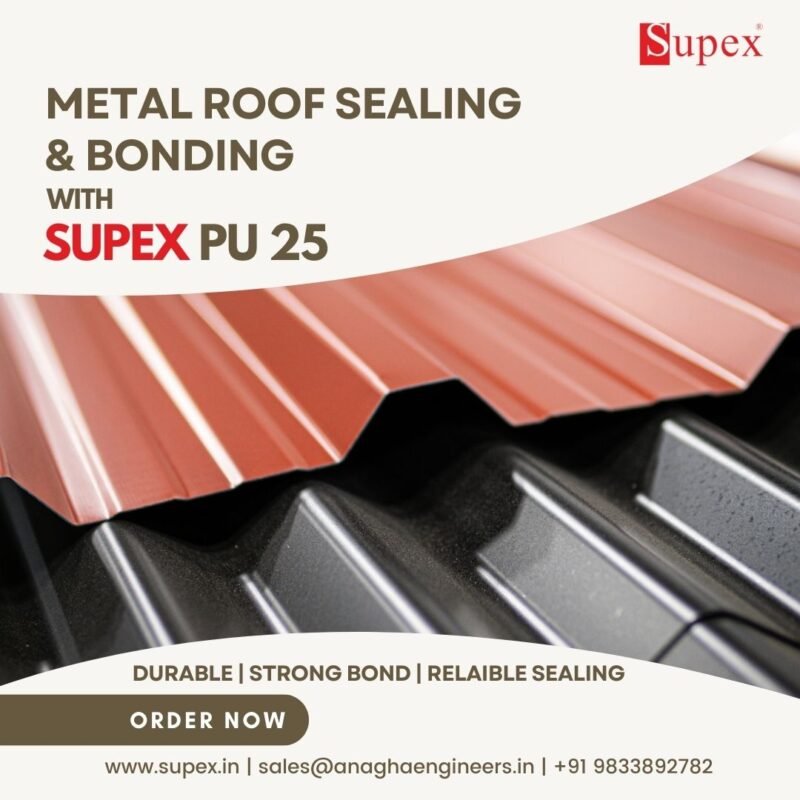
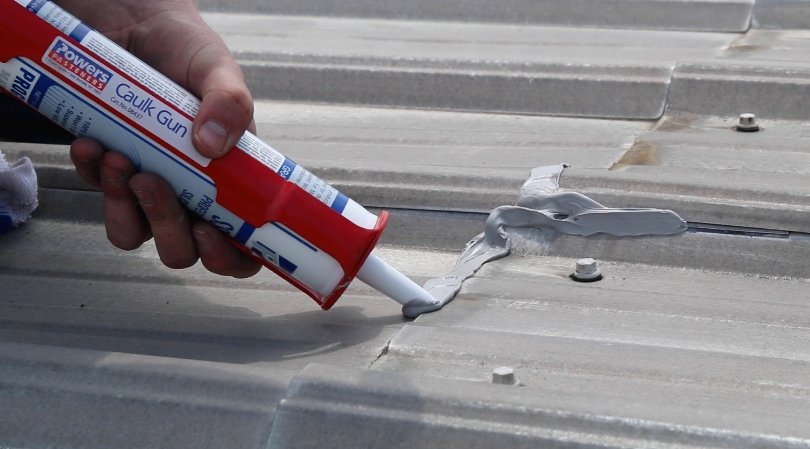

Why metal roof leaks?
1. Metal Roofing Screws
Roofing screws cause the majority of metal roof leaks. By squeezing a rubber washer at the screw’s base, metal roofing screws keep water out. When inserted into the panel, the rubber washer creates a “gasket” between the screw head and the metal roofing panel. While it seems easy, mistakes can be made, including underdriving screws, overdriving screws, driving screws at an incorrect angle, and screws that miss the frame component entirely.
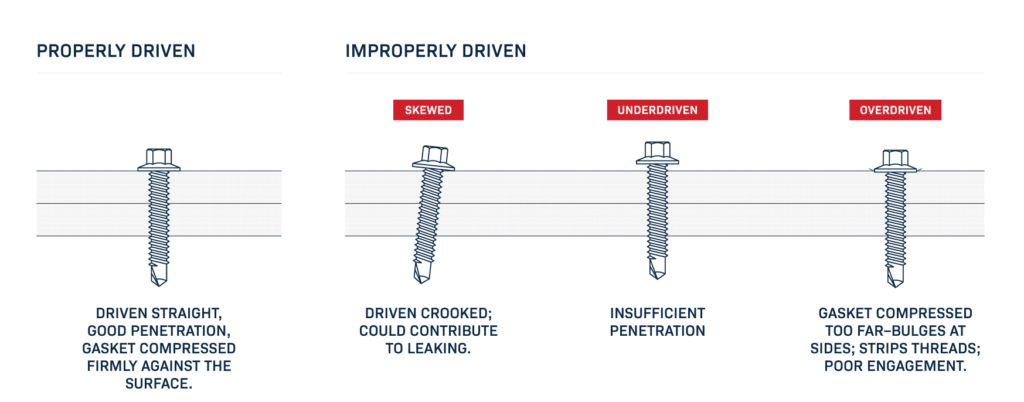
2. Stack Flashings
When pipes or vents protrude from a metal roof, so-called “boots” or flashings are placed there. They are typically constructed of rubberized material and used to seal around pipes and air vents. These are some places where a metal roof is most likely to leak, partly because stack flashings only last about half as long as the actual roofing material. Heat-induced expansion and contraction of metal roofs put stack flashings under a lot of stress over time. Once they break, the best course of action is to have a certified roofing professional replace the stack flashings.
3. Missing Sealants
During the installation of a metal roof, sealants are used to waterproof parts of the roofing assembly. These sealants are typically less durable than metal roofing panels. They must be updated as part of routine roof maintenance, especially in these areas:
- Metal Ridge Caps – The trim attached to the roof’s ridge, or the peak where two roof slopes converge, is known as a metal roofing ridge cap. Typically, a ridge cap is only placed after the metal roof panels and associated trim has been identified.
- Z-flashings – These are utilized to stop water from penetrating the horizontal connections between siding sheets. The metal’s huge leg rests against the wall, leaving the seat and face to cover the siding’s upper border.
- Roof Transitions – The transition flashing stops leaks at the junction of two distinct roof pitches. It can be sealed under the top panels with inside closures, while the lower side must be sealed with outside closures.
- Counter flashings – Forming metal or elastomeric sheeting that is fastened to or integrated into a wall, curb, pipe, rooftop unit, or other surfaces to cover and safeguard a base flashing’s top edge and any accompanying fasteners.
- Reglets – This is positioned between a roof and a wall (or the rear of a parapet wall). This flashing is used in conjunction with counter flashings to prevent leaks in a roof’s 90-degree edge, one of the essential parts of the structure.
- Pitch pans – A metal container with an open bottom and flanges called a pitch pan is used to cover roof penetrations. Mastic material is then used to fill them, creating a watertight seal. A pitch pan is, in other words, a kit for installing a new roof flashing.
4. Curb Flashings
Installing HVAC systems on a metal roof is quite common. Most frequently, the HVAC will be mounted on top of a roof curb, a metal construction intended to hold the unit’s weight and provide a way to link the ducting. One of the most typical areas for leaks to develop on metal roofs is the region around a roof curb. Even if flashing is properly put around the curb, water can eventually seep through, especially on the curb’s upward-facing side.
5. Seams & Overlap
A metal roof will unavoidably have gaps and areas where panels overlap. When your roof is installed initially, these areas must be adequately sealed because they will eventually cause metal roof leaks. They frequently leak due to a condition known as a capillary draw. Water moves in the tiny gaps (capillaries) between the steel roof sheets where they meet, causing capillary action. A capillary draw is another term for capillary action. When the roof is built initially, rubber or mastic seals are put on either side of the fasteners in between the roof sheets.
These seals will deteriorate over time. This is a result of the roof system’s ongoing movement, brought on by adverse weather conditions, including wind, heat, the weight of water, or snow accumulation. Water will flow in any direction and even resist gravity in small crevices, like the area between steel roof panels. Surface tension, cohesion, and adhesion forces are to blame for this.

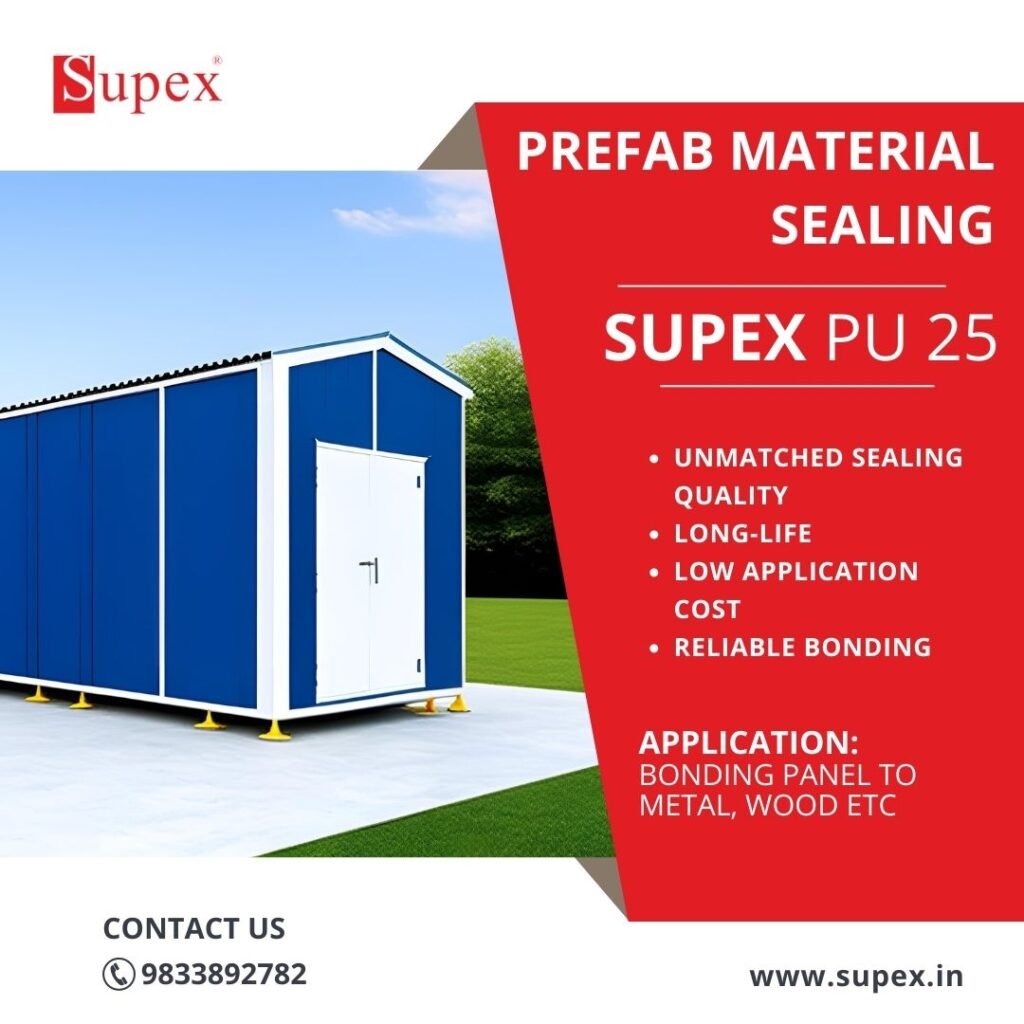
Metal roof leakage repair with Supex Sealant Technology
Polyurethane (PU) sealants have gained popularity as effective solutions for sealing joints, cracks, and gaps in various structures. Here are the reasons why PU sealants are ideal for warehouse leak repairs:
- Excellent Adhesion: PU sealants adhere well to various substrates, including concrete, metal, and wood. This ensures a tight and durable seal that can withstand warehouse conditions.
- Flexibility: PU sealants offer excellent flexibility, allowing them to expand and contract with temperature changes without losing their sealing properties. This flexibility is crucial for warehouse environments with fluctuating temperatures.
- Waterproofing: PU sealants are highly resistant to water and moisture, making them an ideal choice for sealing leaks in walls and roofs.
- Thermal Insulation: By sealing gaps and cracks, PU sealants help improve thermal insulation within the warehouse. This can lead to reduced energy costs and a more comfortable working environment.
Introducing SUPEX PU 25 – panacea for metal roof leakages
When it comes to warehouse leak repairs, SUPEX PU 25 stands out as a reliable and effective PU sealant. Here’s why:
- High-Quality Formulation: SUPEX PU 25 is formulated using advanced polyurethane technology, ensuring superior adhesion, durability, and resistance to aging and weathering.
- Versatile Application: SUPEX PU 25 can be applied to a wide range of surfaces, including concrete, metal, and various roofing materials. It is suitable for both vertical and horizontal applications.
- Easy Application: The sealant is user-friendly and can be applied using standard caulking guns, ensuring convenience during the repair process.
- Exceptional Waterproofing: SUPEX PU 25 creates a strong, waterproof barrier that effectively prevents water ingress through joints, cracks, and gaps.
- Long-Term Performance: With its outstanding resistance to UV radiation, chemicals, and extreme weather conditions, SUPEX PU 25 ensures long-lasting performance, reducing the need for frequent repairs.
How to use PU sealant for metal roofs
For Metal roof leakage repair using SUPEX PU 25, follow these steps:
- Surface Preparation: Ensure the surface is clean, dry, and free from dust, dirt, and loose particles. Remove any existing sealant or debris.
- Priming (if necessary): Depending on the substrate and manufacturer’s recommendations, apply a suitable primer to enhance adhesion.
- Application: Load the cartridge into a caulking gun and cut the nozzle at a 45-degree angle to the desired size. Apply the sealant into the joint or crack, ensuring it fills the gap completely.
- Tooling: Smooth the applied sealant using a putty knife or a suitable tool to achieve a neat finish. Avoid over-smoothing, as it may compromise the sealant’s effectiveness.
- Curing: Allow the sealant to cure according to the manufacturer’s instructions. This usually takes 24 to 48 hours, depending on environmental conditions.
Conclusion
Warehouse leakage problems can cause significant disruptions and financial losses if left unaddressed. Identifying and repairing leaks promptly is crucial to maintain a safe and efficient operational environment. PU sealants, such as SUPEX PU 25, offer an effective solution for sealing joints and cracks in walls and metal roofs. With its exceptional adhesion, waterproofing capabilities, and long-lasting performance, SUPEX PU 25 can help warehouse owners and operators address leakage problems effectively, ensuring the integrity of their facilities and the safety of their stored goods.

